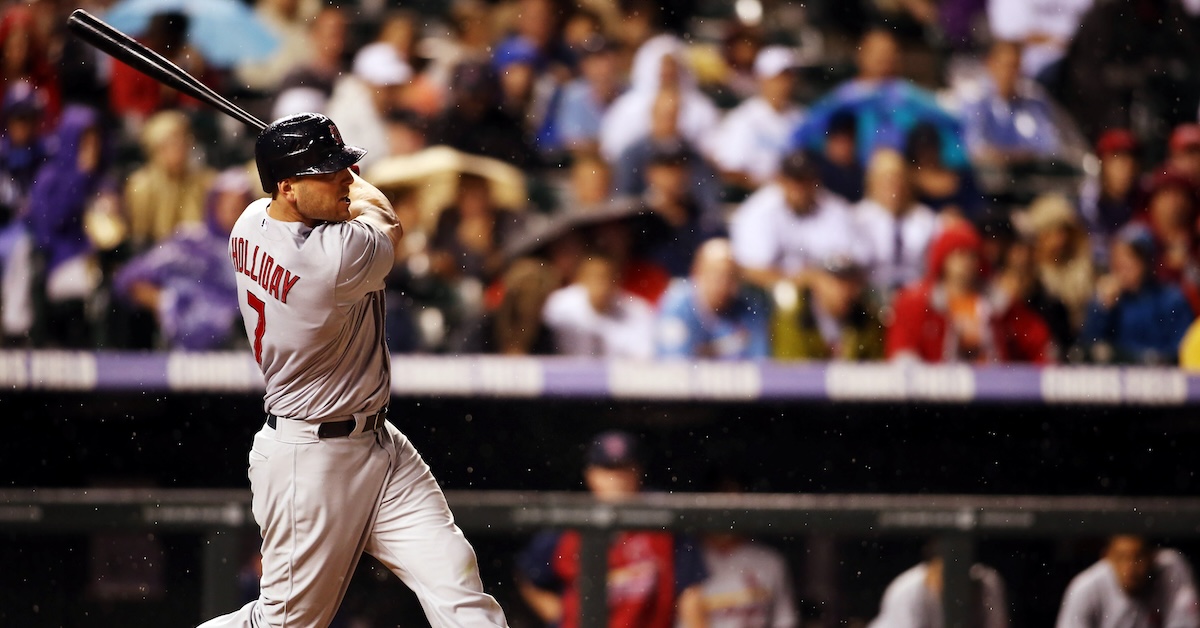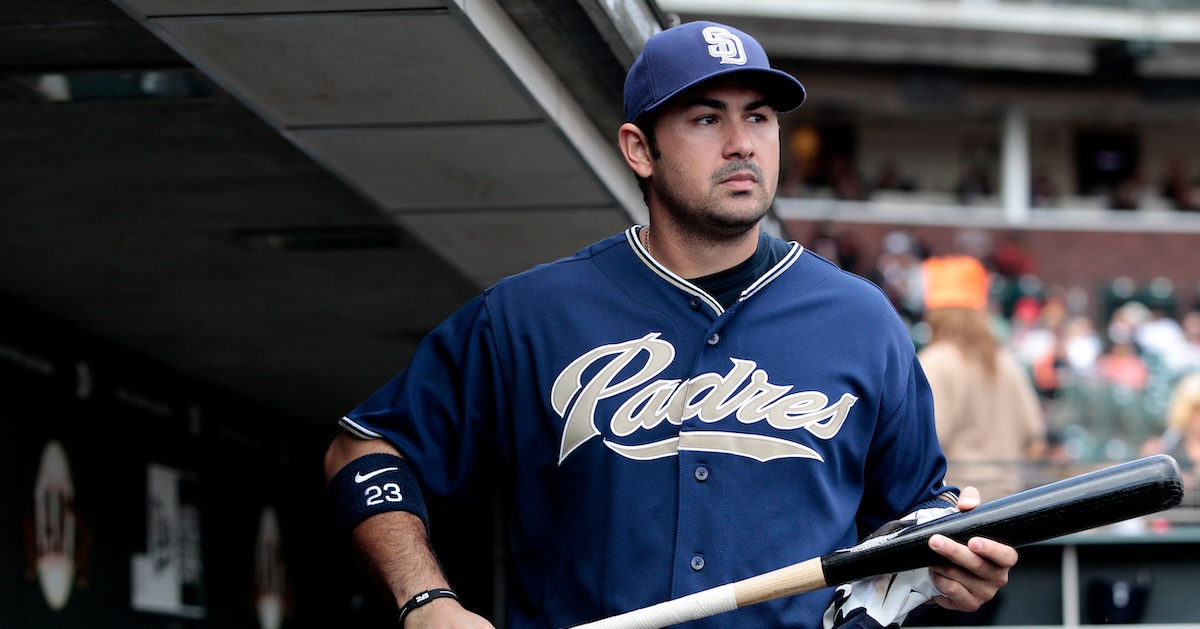JAWS and the 2024 Hall of Fame Ballot: José Bautista

The following article is part of Jay Jaffe’s ongoing look at the candidates on the BBWAA 2024 Hall of Fame ballot. For a detailed introduction to this year’s ballot, and other candidates in the series, use the tool above; an introduction to JAWS can be found here. For a tentative schedule, see here. All WAR figures refer to the Baseball-Reference version unless otherwise indicated.
| Player | Pos | Career WAR | Peak WAR | JAWS | H | HR | AVG/OBP/SLG | OPS+ |
|---|---|---|---|---|---|---|---|---|
| José Bautista | RF | 36.7 | 38.2 | 37.5 | 1,496 | 344 | .247/.361/.475 | 124 |
For a seven-season period from 2010–16, nobody in baseball hit more home runs than José Bautista. The Blue Jays slugger led the American League in dingers in back-to-back seasons, with 54 in 2010 and 43 a year later, and with those soaring totals began a streak of six straight All-Star selections. Remarkably that run didn’t begin until Bautista was in his age-29 season, after he spent most of the first six years of his major league career (2004–09) barely hanging on to a roster spot while passing through the hands of five different teams. He turned the page on that difficult stretch of his career thanks to a swing change, one that prefigured the launch angle revolution that would come into vogue a few year later. With it, “Joey Bats” helped drive the Blue Jays back to relevance, an effort capped by one of the most memorable postseason home runs of the era.
José Antonio Bautista was born on October 19, 1980 in Santo Domingo, Dominican Republic. His father, Americo Bautista, was an agricultural engineer who ran a poultry farm while his mother, Sandra Bautista, was an accountant and financial officer. Both had graduate degrees, and so theirs was a middle-class family that could afford to send José and his younger brother Luis to a private Catholic school. A good student, José excelled at math and science, and took extra classes to learn English beginning when he was eight years old. In the evenings, he played baseball with friends, and though undersized — he was nicknamed “The Rat” because he was small and had big ears — he excelled. Read the rest of this entry »







